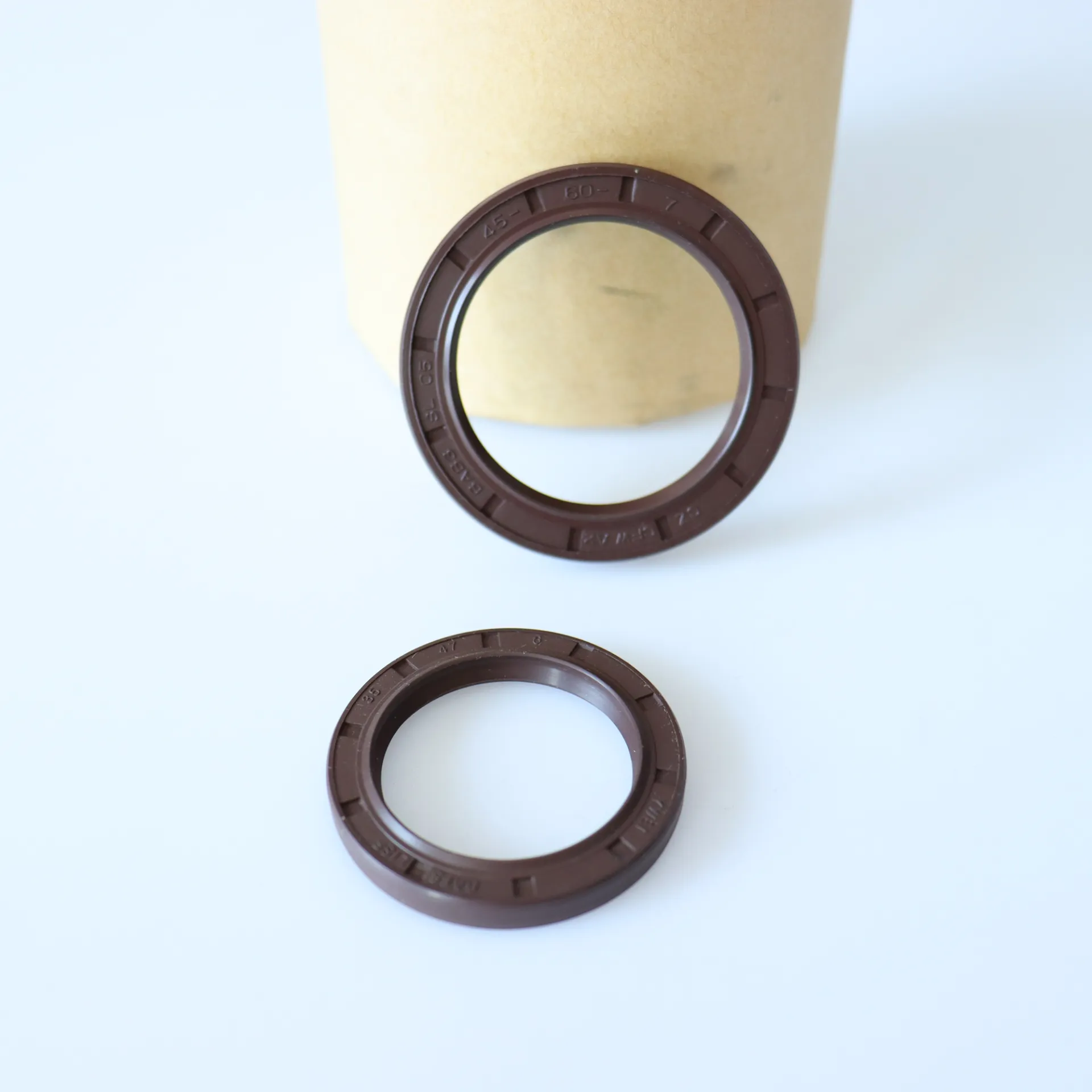Jul . 12, 2024 04:41 Back to list
Shaft dust protection for optimal machinery performance and longevity
When it comes to maintaining the efficiency and longevity of machinery, one crucial component that often gets overlooked is the shaft dust seal. This humble yet essential part plays a significant role in preventing dust, dirt, and other contaminants from infiltrating the machinery's shaft system, thereby reducing the risk of damage and wear.
Shaft dust seals are commonly found in various types of machinery, including industrial equipment, automotive engines, and hydraulic systems. They are usually made of durable materials such as rubber or silicone and are designed to fit tightly around the shaft to create a barrier against external pollutants. By sealing off the shaft, these seals help to maintain the proper functioning of the machinery and prevent costly repairs or replacements.
One of the primary benefits of shaft dust seals is their ability to protect the machinery's internal components from abrasive particles that can cause friction and wear. Dust and dirt particles can not only damage the shaft itself but also the bearings, gears, and other moving parts within the system. By keeping these contaminants out, shaft dust seals help to extend the lifespan of the machinery and reduce the frequency of maintenance and repairs.
In addition to protecting the machinery from external contaminants, shaft dust seals also help to retain lubricants and fluids within the system. This is crucial for ensuring smooth operation and reducing friction between moving parts

shaft dust seal. Without a proper seal in place, lubricants can leak out, leading to increased wear and potential breakdowns. By maintaining a tight seal around the shaft, dust seals help to preserve the integrity of the lubrication system and promote optimal performance. Furthermore, shaft dust seals contribute to the overall efficiency of machinery by preventing energy loss and maximizing power transfer. When contaminants enter the shaft system, they can create drag and resistance, which can diminish the machinery's performance and consume more energy. By keeping the shaft clean and free of debris, dust seals help to minimize these energy losses and improve the overall efficiency of the system. In conclusion, the humble shaft dust seal plays a vital role in maintaining the efficiency, longevity, and performance of machinery. By creating a protective barrier against external contaminants, these seals help to prevent damage, reduce wear, and optimize the operation of the machinery. As such, proper maintenance and replacement of shaft dust seals are essential for ensuring the continued reliability and functionality of industrial equipment, automotive engines, and other systems that rely on shafts for their operation.

shaft dust seal. Without a proper seal in place, lubricants can leak out, leading to increased wear and potential breakdowns. By maintaining a tight seal around the shaft, dust seals help to preserve the integrity of the lubrication system and promote optimal performance. Furthermore, shaft dust seals contribute to the overall efficiency of machinery by preventing energy loss and maximizing power transfer. When contaminants enter the shaft system, they can create drag and resistance, which can diminish the machinery's performance and consume more energy. By keeping the shaft clean and free of debris, dust seals help to minimize these energy losses and improve the overall efficiency of the system. In conclusion, the humble shaft dust seal plays a vital role in maintaining the efficiency, longevity, and performance of machinery. By creating a protective barrier against external contaminants, these seals help to prevent damage, reduce wear, and optimize the operation of the machinery. As such, proper maintenance and replacement of shaft dust seals are essential for ensuring the continued reliability and functionality of industrial equipment, automotive engines, and other systems that rely on shafts for their operation.
Latest news
-
Wiper Oil Seal: Our Commitment to Clean Hydraulics
NewsAug.13,2025
-
Hydraulic Oil Seal for Self Discharging Cars
NewsAug.13,2025
-
Hub Oil Seal for Agricultural Tractor Hubs
NewsAug.13,2025
-
Skeleton Oil Seal with NBR Material
NewsAug.13,2025
-
Rotary Lip Seal for High Pressure Applications
NewsAug.13,2025
-
Cylinder Seal Kits Our Legacy of Hydraulic Trust
NewsAug.13,2025
-
Unlocking the Potential of Hydraulic Systems with Essential Sealing Solutions
NewsAug.06,2025
Products categories
















